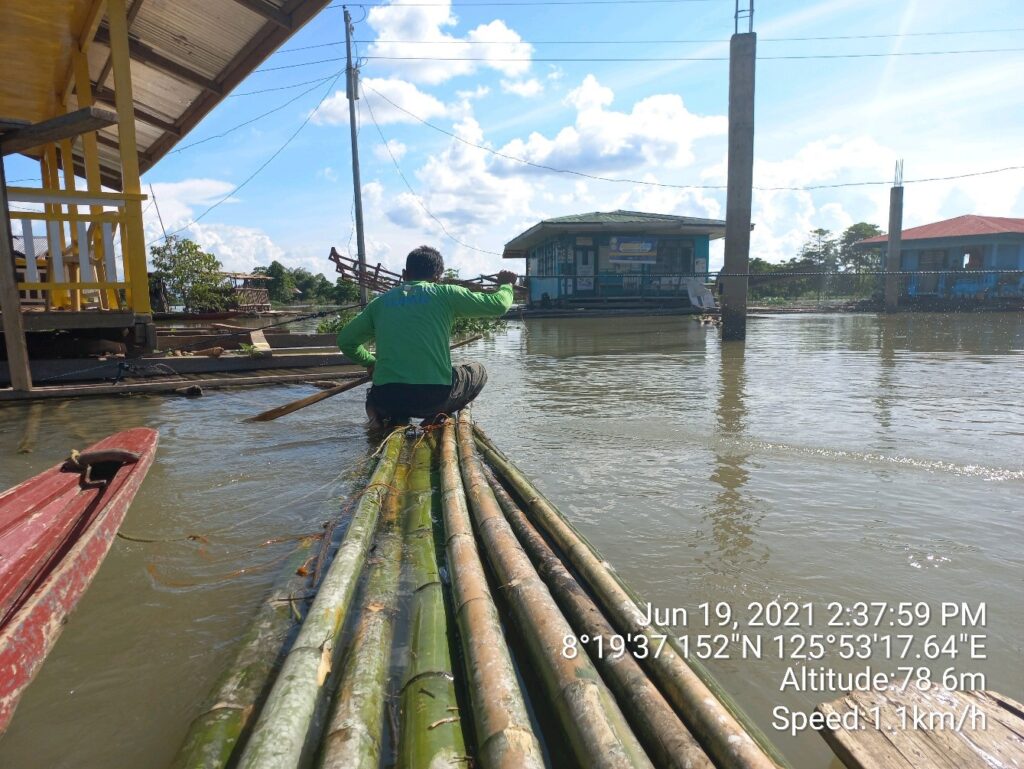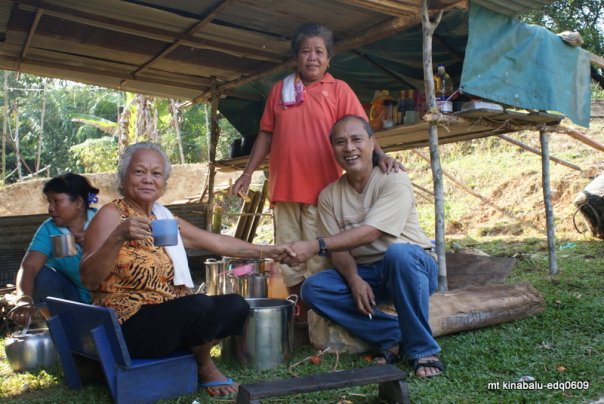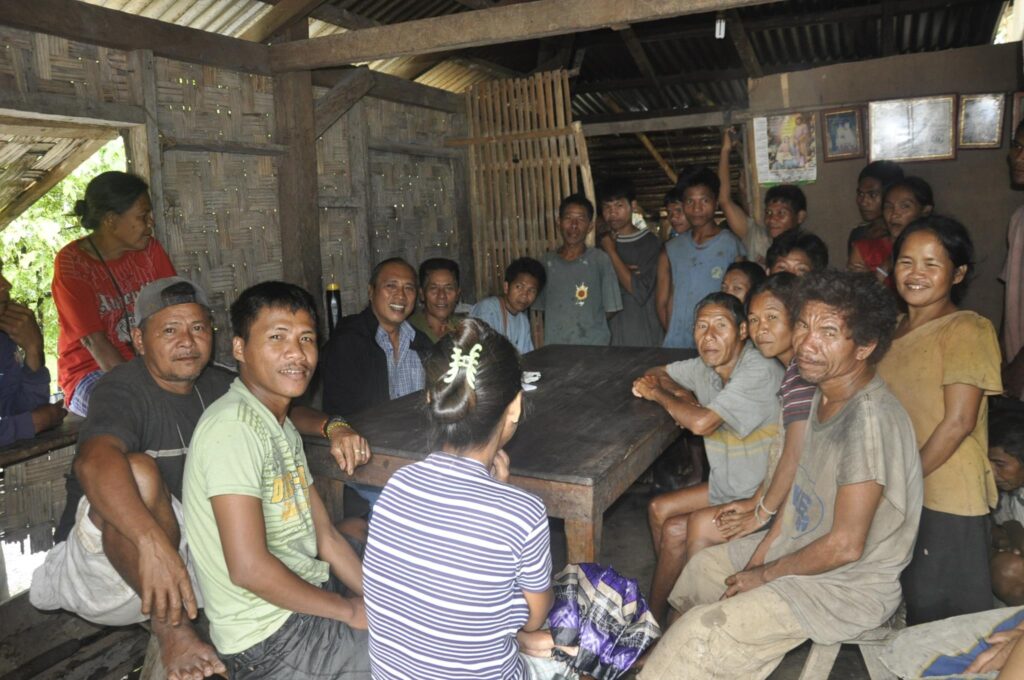Residents of the Agusan Marsh Wildlife Sanctuary are now often hungry. They are used to floating over water but not to extremes of droughts and rising waters, not to mention the increasing toxicity of water bodies. The marsh has been experiencing irregular flooding and dry seasons since 2019. Experts would attribute this to the effects of climate change brought about by different forms of pollution and intensive resource extraction. For the community, all they know are the effects. Longer flooding season, higher water, stronger current, no harvest, hunger.
I visited Sabang Gibong, Talacogon, a river town at the center of the marsh, last June 19-20, 2021 for a floating garden technology our department is introducing. Small talks with the Bantay Danao and women leaders while crafting the technology revealed that the community has been experiencing flooding since December 2020. No harvest means no food. Fish caught are cheap. How long can they rely on irregular indono (food packs/assistance)?
Our department in the local government has been advocating for the conservation of the marsh for more than five (5) years already. For sure, the communities need sustenance which requires accessing the resources of the protected area.
How can we ensure that the resources are sustainably utilized? I personally and professionally believe it is by introducing the innovative concept of collaborative management approach with emphasis on community-based conservation. Our department advocates sustainable livelihoods and technologies coupled with the organization of community-based enforcement groups, particularly Bantay Danao.
Also included in the concept is the declaration of Local Conservation Areas (LCA). In fact, Talacogon declared around 14,000 hectares of its marsh area as an LCA through Municipal Ordinance No. 288, Series of 2019. The significant contribution of which was the creation of a Management Board composed of national and local offices for the sole purpose of managing the marsh within the political jurisdiction of Talacogon.
With the institutional support in place, the current challenge is to ensure that planned interventions are implemented. As such, the department has been focused on organizing people’s organizations, introducing sustainable livelihood technologies, and promoting conservative use of resources.
It is my hope that concepts and technologies we introduced would continually succeed to reduce, more so eliminate, the hunger of marsh communities. Because only then will conservation prosper.
Before I left the community, we agreed on seeking food assistance from the provincial and municipal local government units. Thankfully, the municipal government of Talacogon provided indono. And the week’s hunger was satisfied.
Mind you, it has been a challenge but everything worthwhile and significant will always be rigorous and demanding.
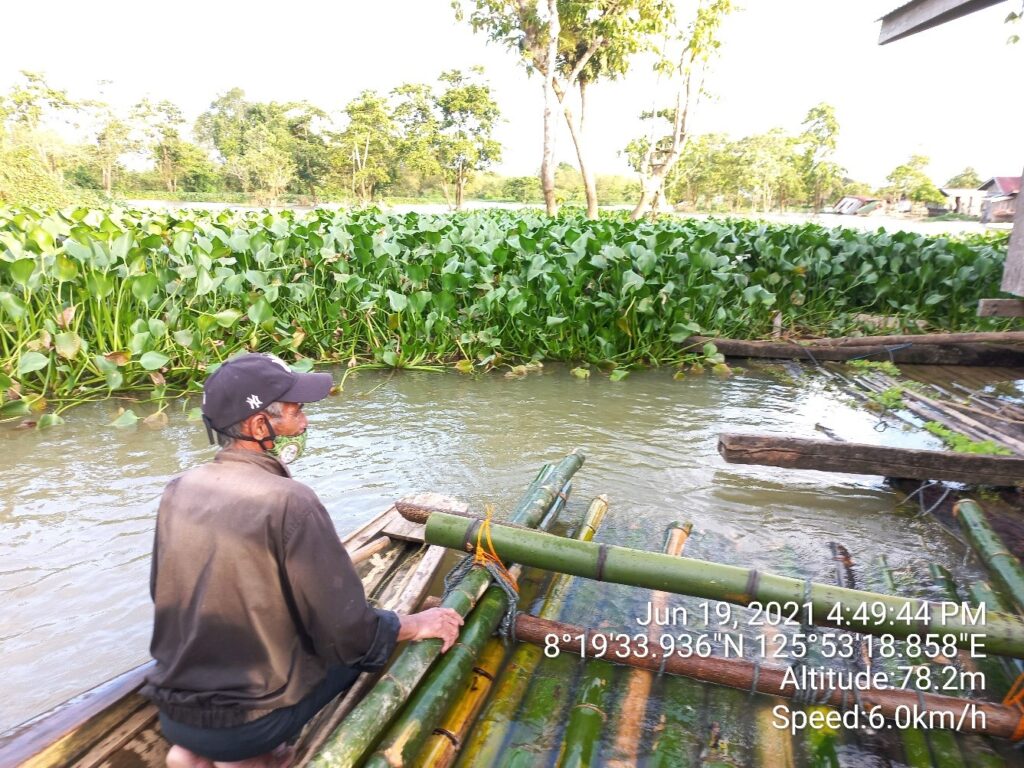
A barangay official with the water hyacinth that shall be gathered as additional floaters to the floating garden 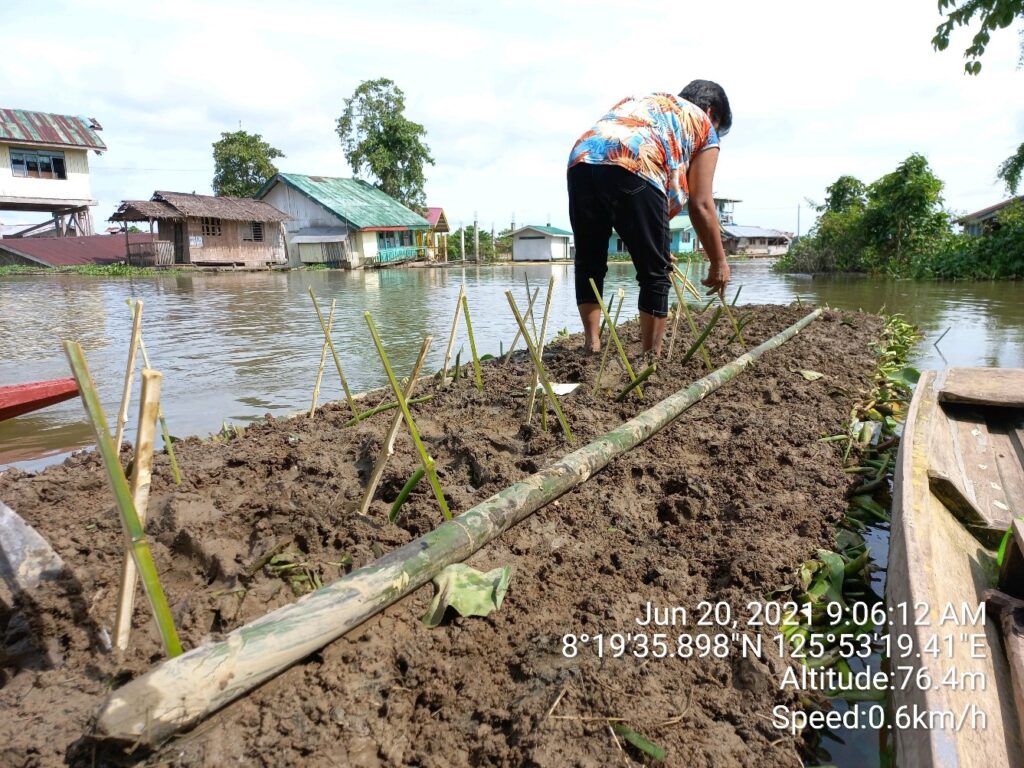
A woman barangay official planting our collected seeds and seedlings 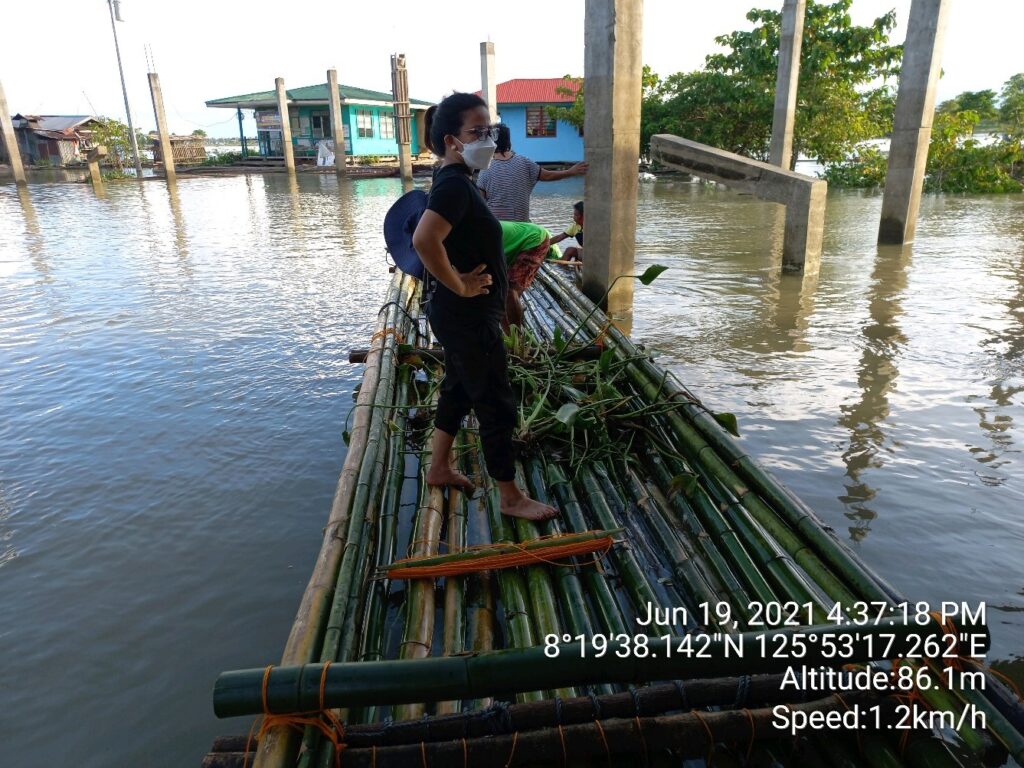
Me testing the strength of the raft 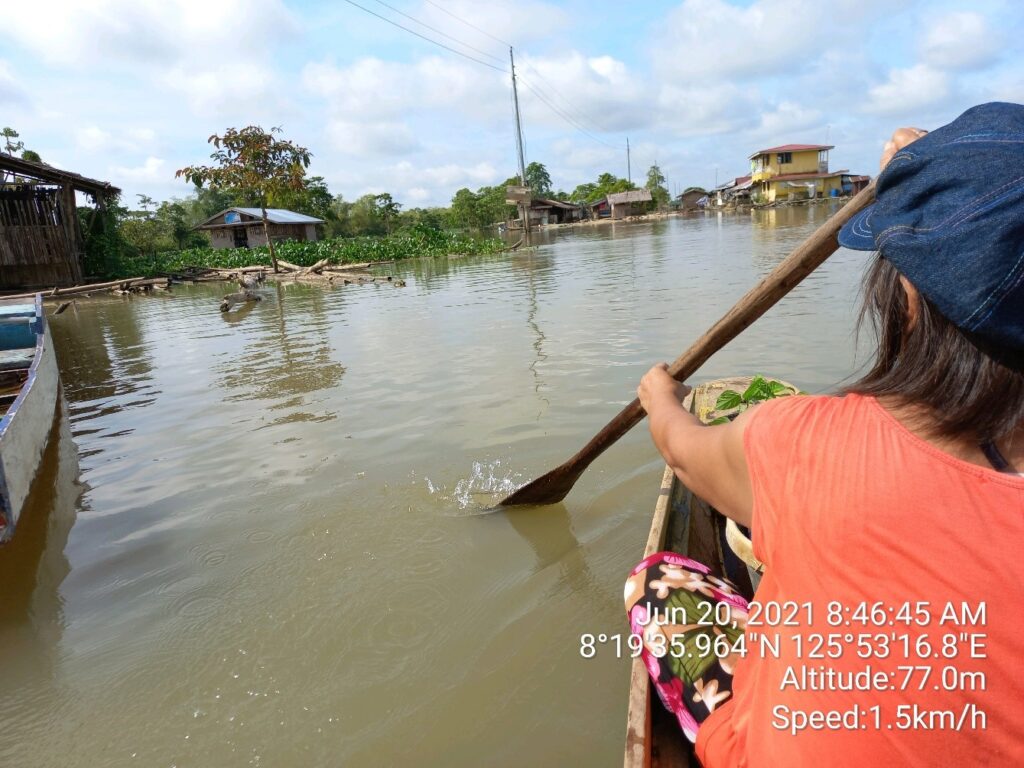
Off to the floating garden for planting of seeds and seedlings 
Two (2) of the Barangay Sabang Gibong Officials who assisted in making the bamboo raft base for the floating garden 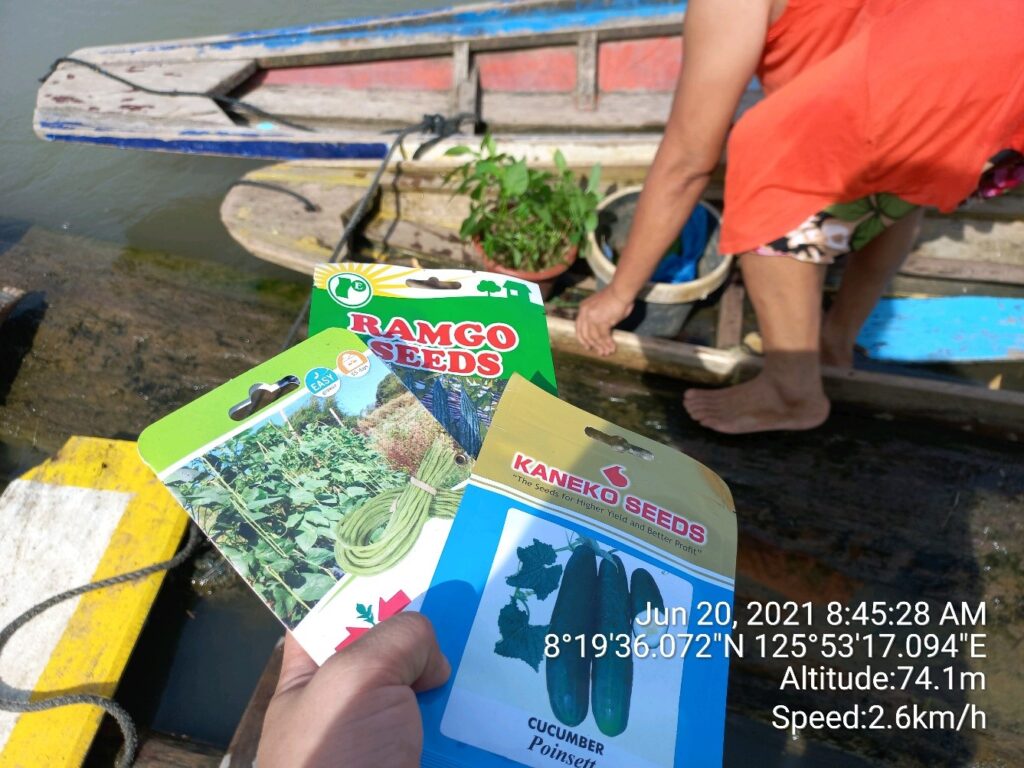
Planting materials gathered from households 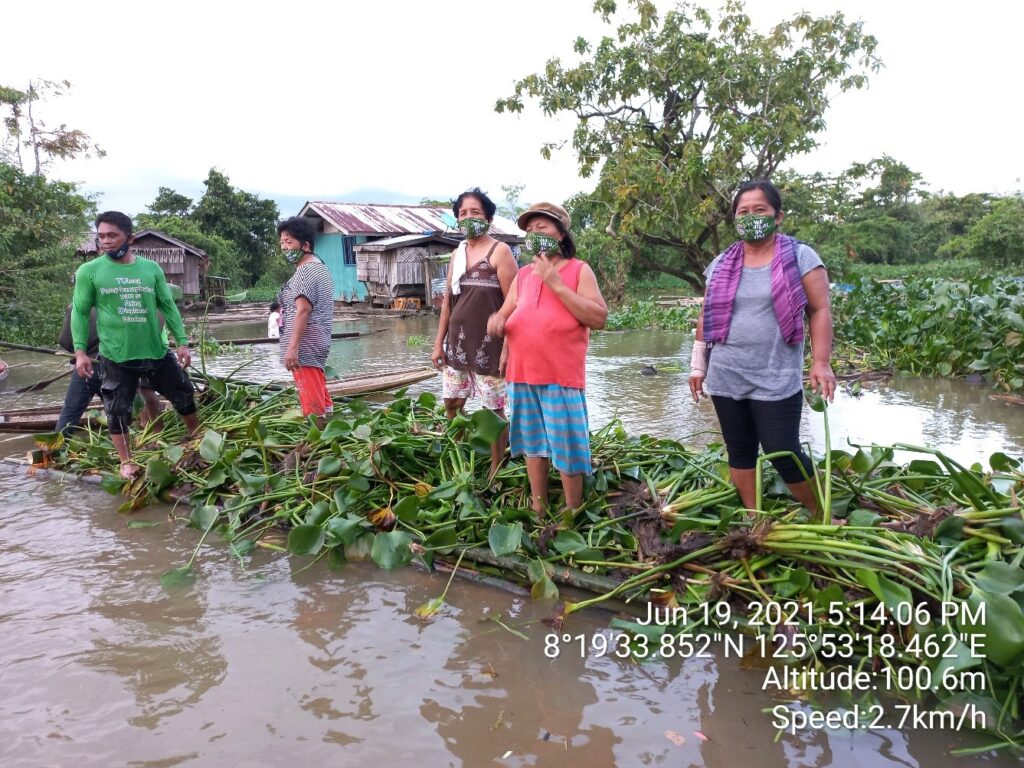
The barangay officials and Bantay Danao after water hyacinth gathering 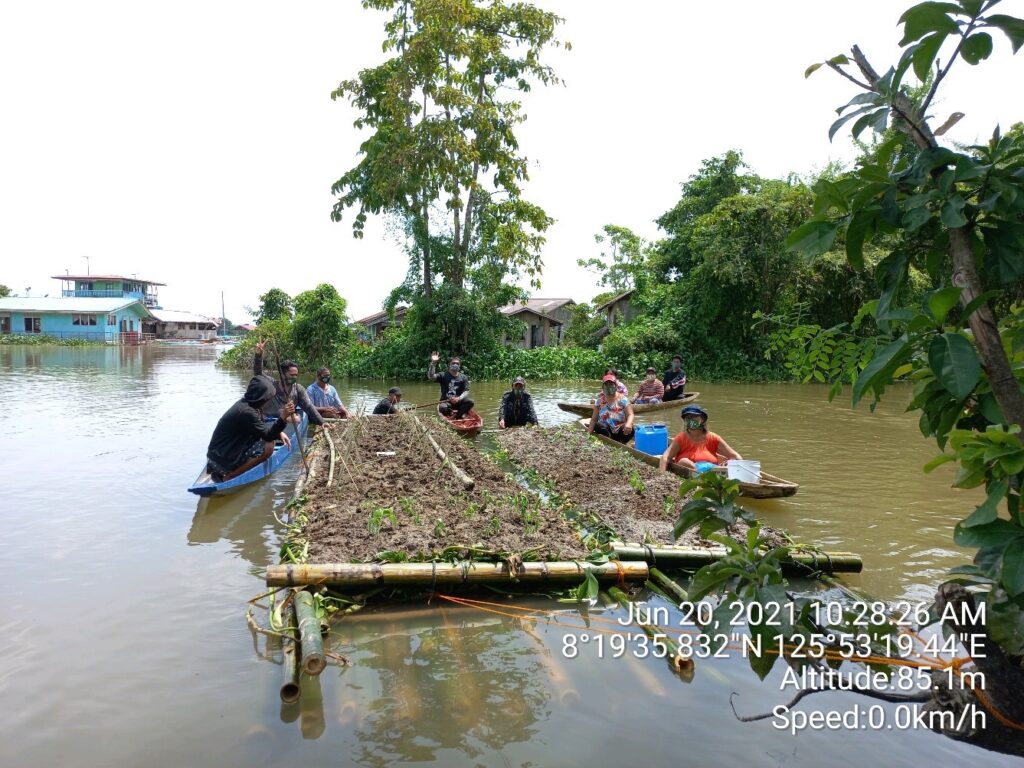
The output and the team 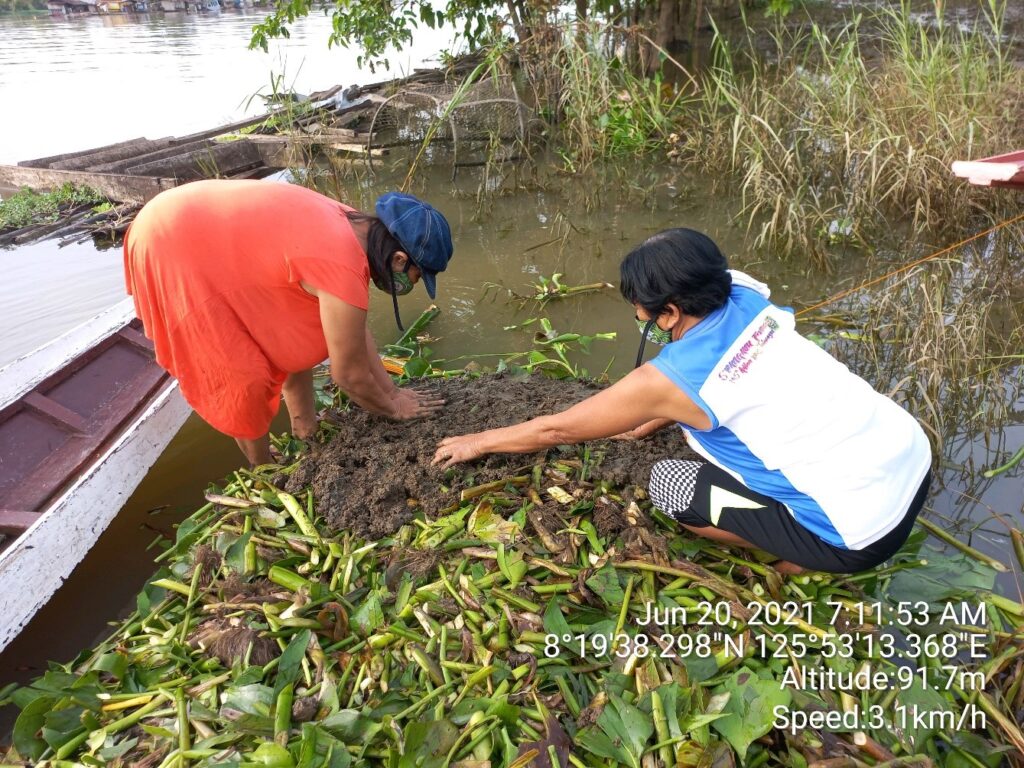
Women loading compost to the raft


